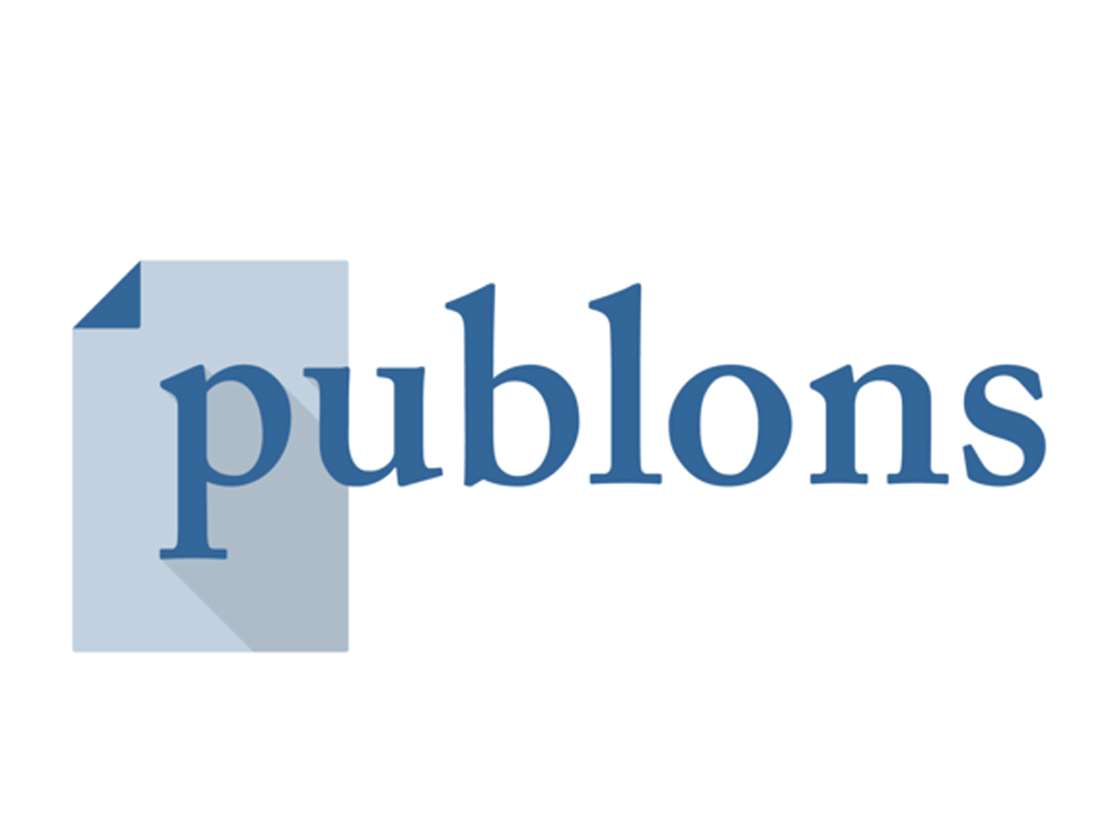Seni Bicara Lewat Typeface Dekoratif dan Komposisi
DOI:
https://doi.org/10.21512/humaniora.v5i2.3126Keywords:
typography, digital typeface, decorative typeface, visual characteristic, tipography composition, message, moodAbstract
On this essay, the main topic is related to one of the branch in visual communication design, typography. In the early days, typography derives from hand writing, but nowadays, it has been developed digitally by means of computer. The presence of computers facilitate in making digital typefaces, especially decorative ones. This contributes to its quantities and vast distribution. Literature studies conducted to further understand the definitions and characteristics of digital typefaces. A decorative typeface owns a certain visual characteristic which in the end limits its usage. Certain characters in decorative typefaces often associated with particular moods or impressions, which can be used to deliver a message. Next is the ideation and visualization by students and teaching staffs in typography class using both analog and digital media to produce typographic compositions using decorative typefaces. The final step is to analyze the compositions to capture its intended message.
Â
Plum Analytics
References
Carter, R., Day, B., Meggs, P. B. (2012). Typographic Design: Form and Communication, 5th Edition. New Jersey: John Wiley & Sons Inc.
Lupton, E. (2010). Thinking with Type, 2nd Revised and Expanded edition: A Critical Guide for Designers, Writers, Editors, & Students. New York: Princeton Architectural Press.
Staples, L. (2000). Typography & the Screen: A Technical Chronology of Digital Typography, 1984-1997. Design Issues, 16(3): 19-34, ISSN 0747-9360.
Yelland, J. (2003). Type Survival Kit, For all Type Emergencies, 3rd Revised Edition. Perth: Press for Success.
Downloads
Published
How to Cite
Issue
Section
License
Authors who publish with this journal agree to the following terms:
a. Authors retain copyright and grant the journal right of first publication with the work simultaneously licensed under a Creative Commons Attribution License - Share Alike that allows others to share the work with an acknowledgment of the work's authorship and initial publication in this journal.
b. Authors are able to enter into separate, additional contractual arrangements for the non-exclusive distribution of the journal's published version of the work (e.g., post it to an institutional repository or publish it in a book), with an acknowledgment of its initial publication in this journal.
c. Authors are permitted and encouraged to post their work online (e.g., in institutional repositories or on their website) prior to and during the submission process, as it can lead to productive exchanges, as well as earlier and greater citation of published work.
USER RIGHTS
All articles published Open Access will be immediately and permanently free for everyone to read and download. We are continuously working with our author communities to select the best choice of license options, currently being defined for this journal as follows: Creative Commons Attribution-Share Alike (CC BY-SA)
























